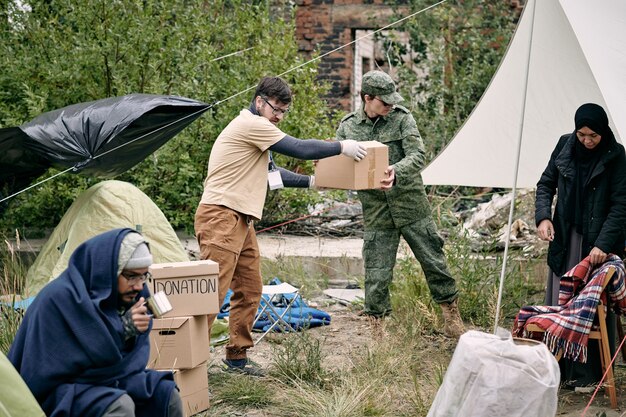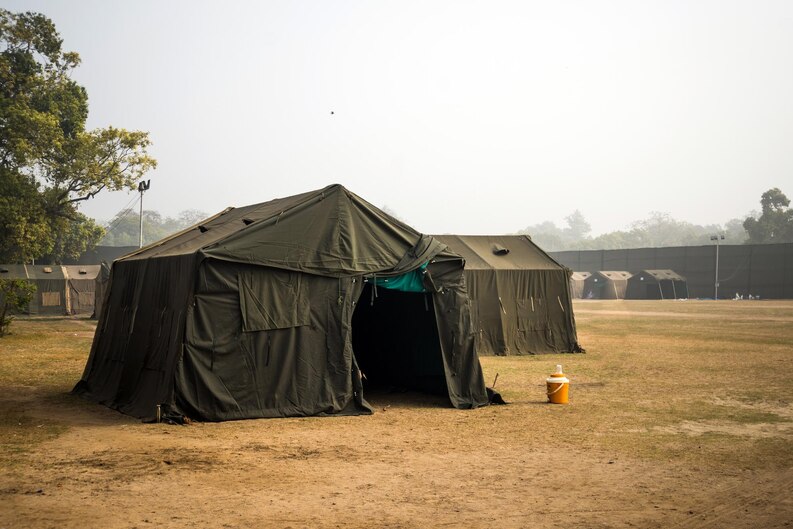When venturing into the wild, the ability to find refuge and build a survival shelter can mean the difference between life & death. Whether you are an outdoor enthusiast, an avid hiker, or someone preparing for potential emergencies, understanding tactical techniques for constructing shelters is essential.
Through this blog post, you’ll explore the art of survival shelter building and provide you with practical strategies for finding refuge in the wild. From assessing the environment to using natural resources and improvising shelters, these tactical techniques will power you to create a secure heaven when confronted with the harsh realities of the wilderness.
Understanding Survival Shelter Basics
In survival situations, having a reliable shelter is crucial for protection against the elements and maintaining body heat. Understanding the basics of survival shelters ensures you can effectively create a secure & comfortable refuge in the wild.
Importance of Insulation & Protection from the Elements
- Insulation. The shelter should provide insulation to retain body heat and prevent hypothermia. Therefore, use insulating materials to create insulation layers.
- Waterproofing. Ensure your shelter is waterproof to keep you dry during rain or snowfall. So, you can use materials like plastic sheets to do so.

Consider These Factors While Choosing a Shelter Location
- Proximity to Resources. Choose a location near water sources, edible plants, and materials for constructing the shelter.
- Visibility & Accessibility. Look for flat or slightly elevated ground to avoid flooding and facilitate ease of construction.
Key Elements of a Survival Shelter
- Structure. Determine the type of shelter suitable for your environment. This is mainly because your structure should withstand several environmental challenges.
- Materials. Use available natural resources (like leaves & branches) to construct the shelter.
Understanding these survival shelter basics lays the foundation for building effective shelters. In addition, they protect you from several natural elements and enhance your survival chances in the wilderness.
Tactical Techniques for Finding Shelter
When you find yourself in a survival situation in the wild, the ability to locate suitable shelter quickly & efficiently is paramount. Therefore, employing tactical techniques for finding shelter increases your chances of protecting yourself from the elements. Use the following techniques that will allow you to find a suitable shelter.
Using Natural Formations & Existing Structures
- Identifying Caves, Rock Formations, and Crevices. Keep an eye out for natural formations that can serve as ready-made shelters.
- Evaluating the Structural Integrity & Safety of Natural Shelters. Before seeking refuge in natural formations, carefully assess their stability & potential risks.
Recognizing Natural Indicators of Potential Shelter Locations
- Identifying Animal Dens & Burrows. Animals instinctively seek shelter in safe places. So, look for signs of animal dens, burrows, etc. This is mainly because they often indicate suitable shelter spots.
- Observing the Behavior of Birds & Insects. Birds & insects often seek shelter during adverse weather conditions. So, check their movements carefully. They can lead you to protected areas.
Building Improvised Shelters
- Techniques for Constructing Lean-Tos, A-Frame Shelters, and Debris Huts. Learn how to construct these basic but effective shelters using available materials.
- Using Available Materials. Scavenge your surroundings for materials to construct improvised shelters. You can use fallen branches, leaves, grass, etc. to create walls, roofs, and insulation.
By employing these tactical techniques for finding shelter, you enhance your chances of locating suitable refuge in the wild. Remember to prioritize safety and adapt the techniques based on the specific environment & resources available to you.
Safety Considerations and Survival Priorities
While finding shelter is essential in a survival situation, it is also crucial to take necessary safety precautions. Being aware of potential risks & hazards ensures your well-being as you search for and establish a refuge in the wild. Here are some important safety considerations & survival priorities to keep in mind:
Prioritizing Safety During the Search for Refuge
- Evaluating Risks & Hazards in the Environment. Assess the surroundings for potential dangers. Avoid areas prone to flooding or avalanche risks.
- Being Aware of Wild Animals and Their Behaviors. Research & understand the wildlife in the area. Take precautions to minimize encounters with potentially dangerous animals.
Addressing Basic Survival Needs While Searching for Shelter
- Finding & Purifying Water Sources. Locate a nearby water source. Prioritize gathering & purifying water to prevent dehydration. Boil water or use water purification tablets to eliminate harmful bacteria or parasites.
- Scouting for Food & Edible Plants. While shelter takes priority, keep an eye out for potential food sources. Only consume plants & animals you are familiar with and confident are safe to it.

Maintaining Situational Awareness
- Observing changes in Weather Conditions. Stay vigilant about changing weather patterns and adapt accordingly. Seek shelter promptly if a storm or extreme weather approaches.
- Monitoring Your Mental & Physical Well-Being. Regularly assess your physical condition & mental state. Take breaks, conserve energy, and manage stress levels to maintain optimal decision-making abilities.
By prioritizing safety considerations & survival priorities, you ensure your well-being. In addition, it also helps to search for and establish shelter in the wild. Remember, survival is not just about finding refuge. It is also about staying safe, healthy, and prepared for the challenges you may face in the wilderness.
Wrapping It Up
This article provides you with essential knowledge & practical strategies for constructing shelters and finding refuge in the wilderness. Understanding the basics of survival shelters is crucial for creating heaven. In addition, this article also emphasizes the importance of assessing the environment and using natural resources. So, if you are planning to go into the wilderness where you may need to take refuge, these tips will surely help you out.



